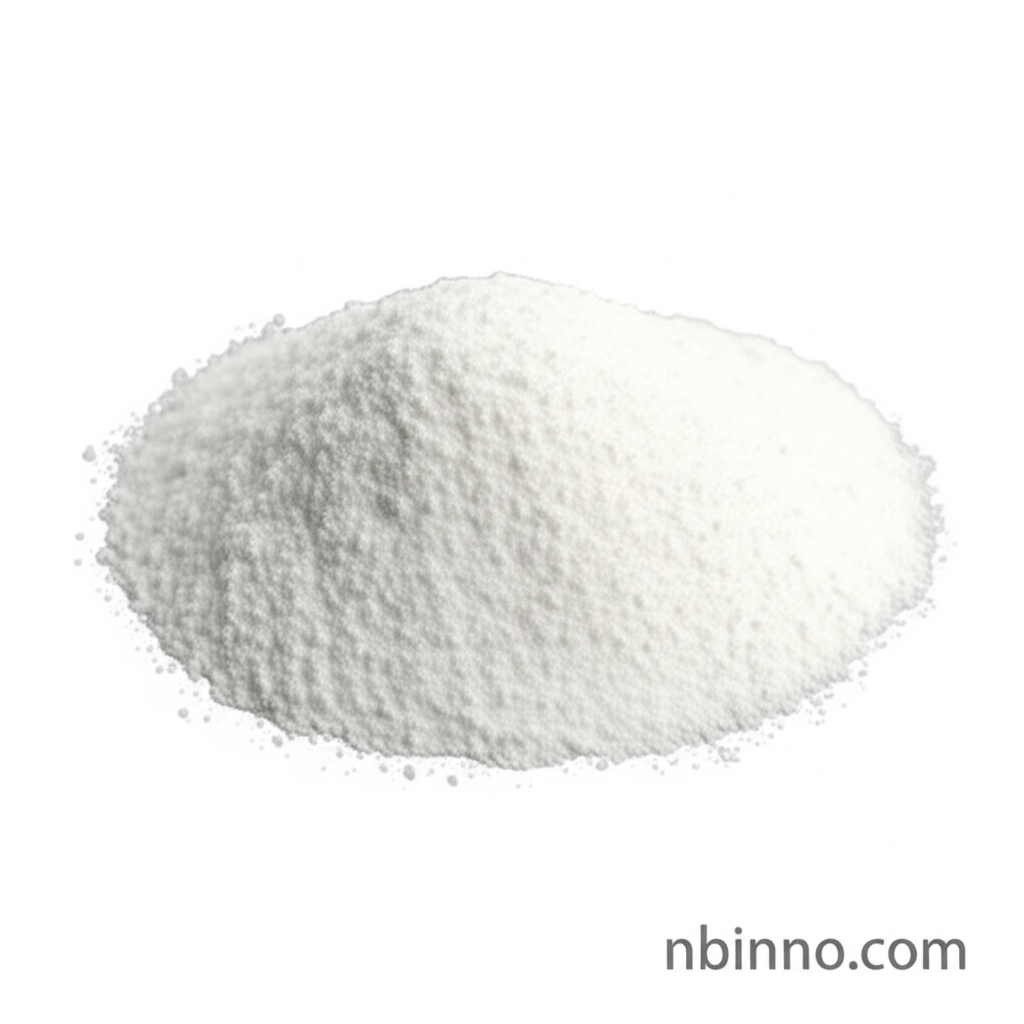2-Hydrazinobenzothiazole: Powering Next-Generation Organic Electronics
Explore the critical role of this advanced chemical in OLED, OFET, and OPV material development.
Get a Quote & SampleProduct Core Value

2-Hydrazinobenzothiazole
Unlock the potential of cutting-edge electronic devices with 2-Hydrazinobenzothiazole, a high-purity intermediate essential for the creation of advanced OLED, OFET, and OPV materials. Its precise chemical structure and reliable performance make it a cornerstone in developing next-generation photoelectric applications.
- Discover the 2-Hydrazinobenzothiazole CAS 615-21-4 uses in synthesizing materials with superior electronic properties.
- Leverage this essential organic electronics building block to enhance device efficiency and performance.
- Explore the capabilities of a reliable fine chemical for OFET applications, driving innovation in transistor technology.
- Investigate the diverse CAS 615-21-4 applications in advanced organic photovoltaic materials for solar energy solutions.
Advantages Offered by the Product
Exceptional Purity for Reliable Performance
With a minimum purity of 97%, this compound ensures consistent and predictable results in your electronic material synthesis, crucial for maintaining high purity chemical supplier standards.
Versatile Intermediate for Organic Electronics
As a key benzothiazole derivative properties showcase, it serves as a vital component in creating materials for OLED, OFET, and OPV technologies, pushing the boundaries of electronic innovation.
Optimal Storage for Extended Shelf Life
Proper storage in a cool, dry place, with the container closed when not in use, preserves the integrity of the compound, ensuring it's ready for your next project in 2-Hydrazinobenzothiazole synthesis.
Key Applications
OLED Technology
Enhance the performance of Organic Light-Emitting Diodes (OLEDs) by utilizing this compound as a critical intermediate in the synthesis of emissive and charge transport layers, driving brighter and more efficient displays.
OFET Development
Facilitate the creation of advanced Organic Field-Effect Transistors (OFETs) by incorporating this versatile building block, which contributes to improved charge mobility and device stability.
OPV Material Synthesis
Contribute to the advancement of Organic Photovoltaics (OPVs) by employing this chemical in the development of novel donor and acceptor materials, paving the way for more efficient solar energy conversion.
Specialty Chemical Research
As a key component within specialty chemicals, it supports diverse research initiatives in materials science, enabling the exploration of new functional materials and their unique properties.
